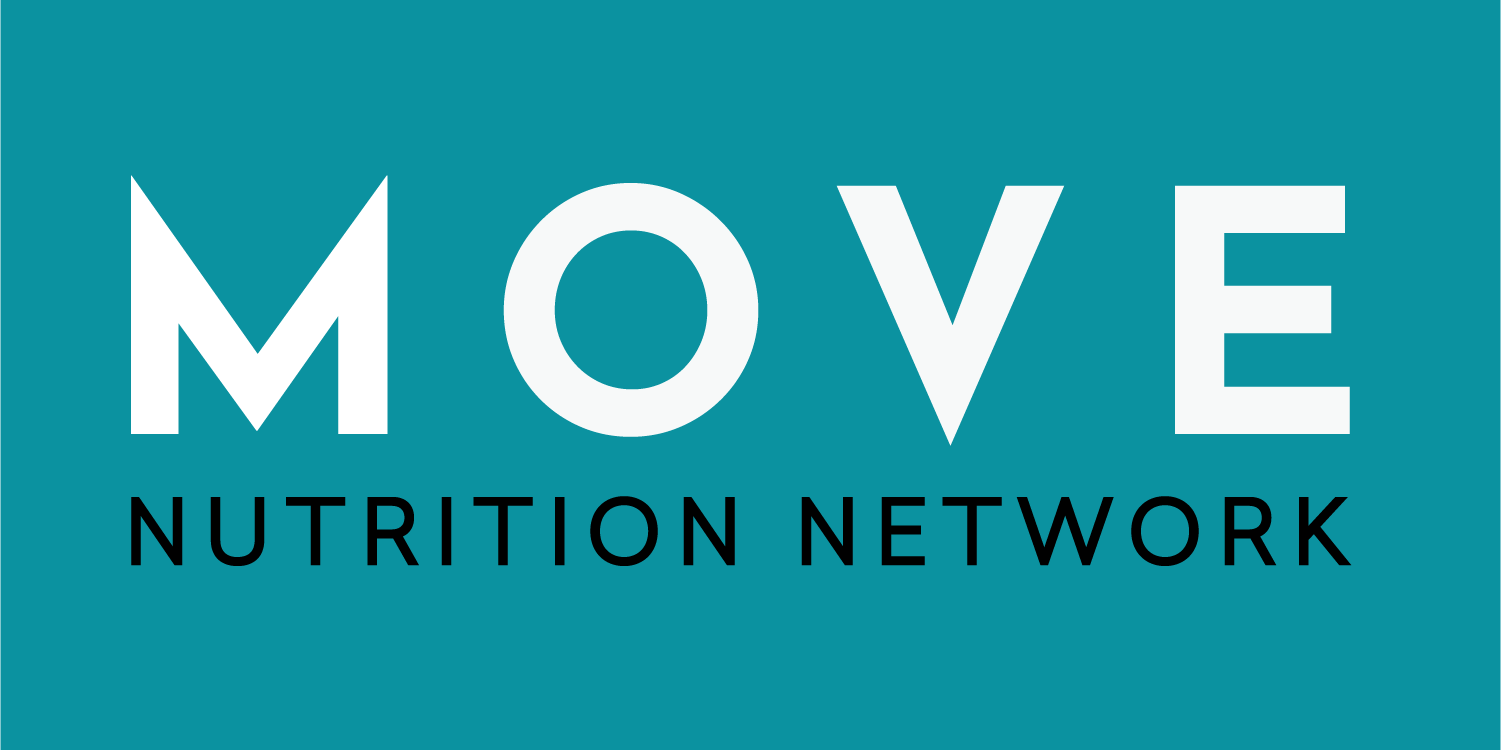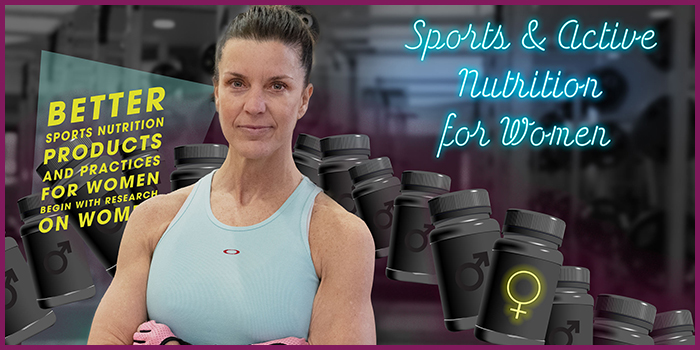Move Nutrition Column

Special Edition: We’re including Denis’s column in our Move Nutrition Quarterly on Exercise Recovery. Read it here
Active Recovery
by Denis Faye, M.S.
According to the CDC, over 25 percent of Americans are completely inactive. That is to say, they do no physical activity outside of work. A consistent loop of job-couch-bed, day in and day out.
I would lose my mind.
And if you subscribe to the Move Nutrition newsletter, you’re probably in my camp. Heck, I mean, “move” is in the name! If anything, you might have the opposite problem. You might be so committed to running, cycling, swimming, or pickleballing that you can’t sit still—and you’re overtrained.
As an overly mobile-type, you’re probably not a huge fan of the recovery phase of your training—even if it’s active recovery. (“I’m not gonna slow down! You slow down!!!!”)
Fortunately, with proper nutrition, you can easily skip the recovery phase of your training.
NOT! (I had you going there for a second.) The ol’ chestnut, “There’s no overtraining, just undereating” is garbage. We all require downtime. That said, proper nutrition plays a big role in the recovery process—and it can maybe even speed it up a little.
There’s no shortage of hype regarding recovery supplement silver bullets. Some of them may actually work. For example, quercetin—a polyphenol (read: plant-based nutrient) that comes from onions, berries, and citrus, among other things—has been shown to have anti-inflammatory and antioxidant properties that help with exercise-induced muscle damage.
Another one is HMB (hydroxymethylbutyrate, if you’re fancy), a metabolite of the branched-chain amino acid leucine. HMB makes leucine work better, as to reduce muscle protein breakdown. Although most HMB research focuses on aging populations, there’s some research suggesting it can help with muscle recovery for athletes.
There are other promising substances that may help get you back up to speed, but they should just be the icing on you recovery nutrition cake. Before you fiddle with the fancy stuff, start with the basics: make sure that you’re eating enough food—and that a bunch of that food is protein.
You should also eat lots of fruits and veggies and stay hydrated, but we’re focusing on calories and protein today. Regular readers may recall that I just finished a two-part series on when it’s important to up your caloric intake. I suppose that makes this column unofficially part three of that series.
When you recover from exercise, whether rebounding from a hard workout or a longer recovery phase, job one is building muscle back up. Exercise breaks down muscle. Resting gives you the opportunity to repair that muscle, but it’s not going to happen if you don’t have the fuel and building blocks.
Chronic “low energy availability” can lead to all kinds of issues for athletes, including decreased strength and endurance, reduced training response (meaning training stops working), and increased risk of injury.
And a decent amount of those calories should be protein. The Recommended Daily Allowance for protein is 0.8 grams per kilogram of bodyweight, which works out to about .36 grams per pound. That number goes up for athletes, with 2.2 grams per kilo recommended for athletes who train heavily. (That number is mostly meant for bodybuilders, but if you run, swim, or cycle hard for 3-4 hours regularly, that can also cause some heavy muscular breakdown.)
That’s how the pros do it, but I get tangled up in that kind of math. I prefer to think of it on a meal-to-meal basis. Instead, I shoot for 20g-30g of protein per meal. Also try to squeeze in a little protein with each snack. For example, if you have an apple, add a little peanut butter. Not a magnificent source of protein per se, but every little bit helps.
My logic is that 20g-30g of protein seems to be the ideal amount to eat in one sitting for muscle recovery. Consuming more probably won’t have much benefit in this department.
Putting this in perspective, a four-ounce serving of most meat tends to feature about 30g of protein. For my plant-based people, four ounces of beans has about 25g.
If you must undereat because you’re trying to lose weight or, you know, you just forget, make sure protein makes up a big hunk of the calories you are eating so that you at least have the building blocks to repair muscle.
That said, while high protein/low calories is better than low protein/low calories, it still isn’t ideal. Recent research in the Journal of Physiology suggests you’re still hampering muscle recovery. In the study, 30 “trained females” were split into two groups. Half were fed low-calorie diets—around half of optimal daily calories. The other half were fed optimal calorie diets. Everyone ate 2.2g of protein per kilogram of lean body mass daily. (Lean body mass is different than overall bodyweight, but for serious athletes, it’s not a huge difference.) They were all put on a supervised workout program featuring resistance and cardio.
After ten days, the optimal-calorie group maintained weight, gained .4g of muscle and lost .5g of fat. The low-calorie group lost 1.7kg of total weight. 1.3g of that was fat—but .4kg was lean body mass.
Ruh roh! They lost muscle!
Many of us view recovery as boring, but if you want to get stronger, go faster, or just excel athletically in general, you need to do it. But why make it even more unpleasant by starving yourself? Eat plenty of the right foods, focus on protein, and you’ll be back in the road, track, pool, field, or court in no time.
(Pickleball is on a court right? Or is in a jar? At a deli? I don’t know. I really should check it out sometime.)


